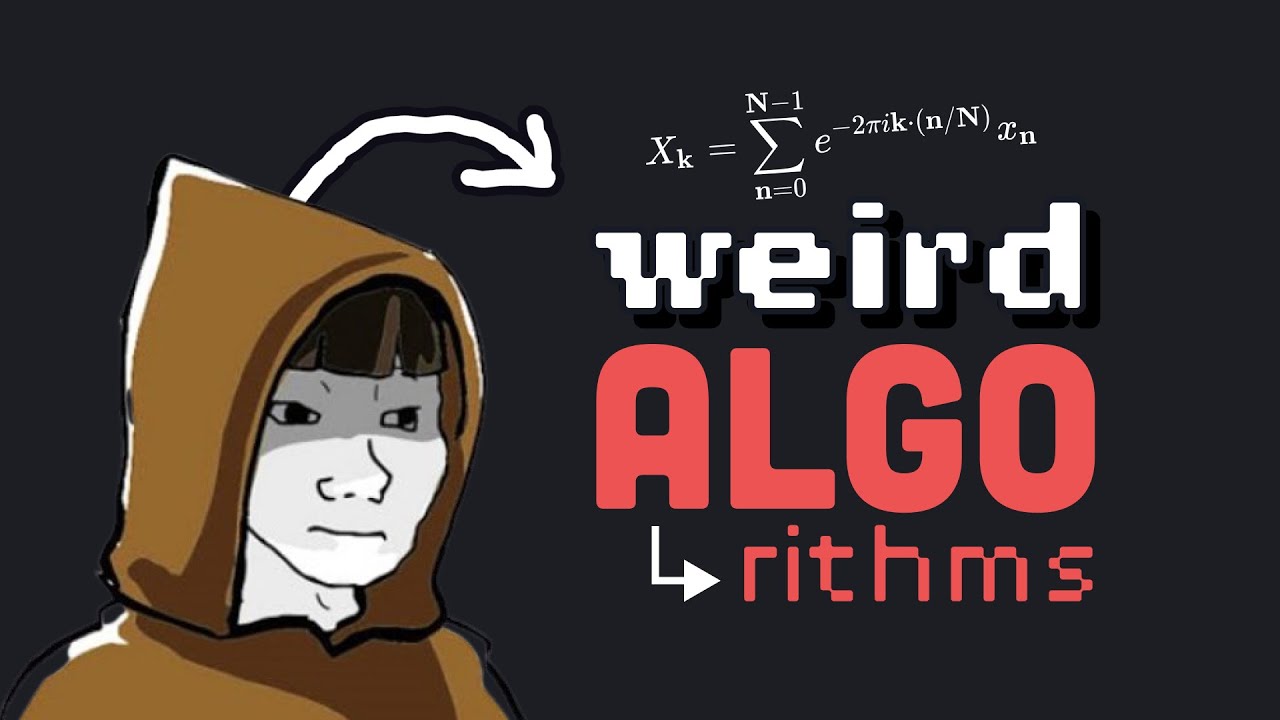ruffsl
I’m a robotics researcher. My interests include cybersecurity, repeatable & reproducible research, as well as open source robotics and rust programing.
- 95 Posts
- 155 Comments

 2·3 months ago
2·3 months agoAh man, I’m with a project that already uses a poly repo setup and am starting an integration repo using submodules to coordinate the Dev environment and unify with CI/CD. Sub modules have been great for introspection and and versioning, rather than relying on some opaque configuration file to check out all the different poly repos at build time. I can click the the sub module links on GitHub and redirect right to the reference commit, while many IDEs can also already associate the respective git tag for each sub module when opening from the super project.
I was kind of bummed to hear that working trees didn’t have full support with some modules. I haven’t used working trees with this super project yet, but what did you find about its incompatibility with some modules? Are there certain porcelain commands just not supported, or certain behaviors don’t work as expected? Have you tried the global git config to enable recursive over sub modules by default?

 3·3 months ago
3·3 months agoI fell for it. It took me a minute into the game time to figure what was up and double check today’s date.

 4·4 months ago
4·4 months agoI’m using a recent 42" LG OLED TV as a large affordable PC monitor in order to support 4K@120Hz+HDR@10bit, which is great for gaming or content creation that can appreciate the screen real estate. Anything in the proper PC Monitor market similarly sized or even slightly smaller costs way more per screen area and feature parity.
Unfortunately such TVs rarely include anything other than HDMI for digital video input, regardless of the growing trend connecting gaming PCs in the living room, like with fiber optic HDMI cables. I actually went with a GPU with more than one HDMI output so I could display to both TVs in the house simultaneously.
Also, having an API as well as a remote to control my monitor is kind of nice. Enough folks are using LG TVs as monitors for this midsize range that there even open source projects to entirely mimic conventional display behaviors:
I also kind of like using the TV as simple KVMs with less cables. For example with audio, I can independently control volume and mux output to either speakers or multiple Bluetooth devices from the TV, without having fiddle around with repairing Bluetooth peripherals to each PC or gaming console. That’s particularly nice when swapping from playing games on the PC to watching movies on a Chromecast with a friend over two pairs of headphones, while still keeping the house quite for the family. That kind of KVM functionality and connectivity is still kind of a premium feature for modest priced PC monitors. Of course others find their own use cases for hacking the TV remote APIs:

 4·4 months ago
4·4 months agoDidn’t know about this case history with Nintendo, nor the name for the common exploit used:

 1·4 months ago
1·4 months agoAre you using the PWA, self hosted or via code spaces/other VPS? With which web browser?
I tried hosting code server via termux for a while, but a user proot felt too slow, even if the PWA UI ran silky smooth.
Perhaps when my warranty runs out I’ll root the device to switch to using a proper chroot instead.

 21·4 months ago
21·4 months agoOnly just got a 120Hz monitor recently, so reading scrolling text now is so much easer and faster than before. Looking forward to any IDE that can match that kind of framerate performance as well.
Too bad I don’t own a mac to be able to test out the current release of Zed as an IDE. However, I’m not sure about the growing trend of rasterizing the entire GUI, as compared to conventional text rendering methods or GUI libs with established accessibility support.

 2·6 months ago
2·6 months agodeleted by creator
Thanks, fixed!

 2·7 months ago
2·7 months agoHas Bryan done any more recent recorded talks?

 2·7 months ago
2·7 months agoThe only experience I have with working with Fortran would be setting up
gfortranwhen building SciPy from source, and perusing its codebase to see how it’s FFT functions were so optimized. Not enough to diligently mod I’m afraid.

 122·7 months ago
122·7 months agoI was thinking of cross posting this to a Fortran community, but it looks like we don’t yet have one.

 2·7 months ago
2·7 months agoI’m not sure why, but GitHub’s search engine, Blackbird, seems to be returning some erroneous results for this query:
/tnt_select\(.*2\^32/ language:C++ OR language:C
Any chance you could narrow down your search to a list of repose that use the library that pulls in
tnt_select()function, then clone and manually grep just those, or is it’s use too common to index by?Real funny that even narrowing down GitHub search to just the same repo doesn’t help the query results:
repo:ocelot-inc/ocelotgui ldbms_tnt_select

 2·8 months ago
2·8 months agoThat was really cool and got me inspired! Thanks for cross posting.

 3·9 months ago
3·9 months agoI think you need two spaces before a line break, or double carriage returns, before starting a bullet list. That’s the original markdown spec anyways. Other markdown flavors, like what GitHub uses are a little more forgiving with that but are then non standard.

 13·9 months ago
13·9 months agoPain… This too painful to be posted as just a meme…

 7·9 months ago
7·9 months agoPerhaps, is there an engineering meme community I could cross post this to?

 3·9 months ago
3·9 months agoIt looks like another project outlined in the Bevy blogs that is also listed in steam (planned for release 2024) is Tiny Glade:

 8·9 months ago
8·9 months agoDoes anyone have a favorite commercial game know to be developed using Bevy? Available on steam, Google Play, etc.
I know Bevy has a web site of indexing games from hackathons and what not, but I was more interested in seeing any commercially published titles.

 8·9 months ago
8·9 months agoAny details on your setup?
- Do you use any ventilation to circulate the heated air through home?
- E.g. do you place them in the basement and rely on raising connection l convention of heat, or dispersed around your living spaces?
- What scale of computing hardware do you host?
- Retired server racks into a home lab?
- What grade of insulation is your home, the scale of the household?
- built for what kind of winter climate zone in your geography?
Thanks!




















Tagging an image is simply associating a string value to an image pushed to a container registry, as a human readable identifier. Unlike an image ID or image digest sha, an image tag is only loosely associated, and can be remapped later to another image in the same registry repo, e.g
latest. Untagging is simply removing the tag from the registry, but not necessarily the associated image itself.